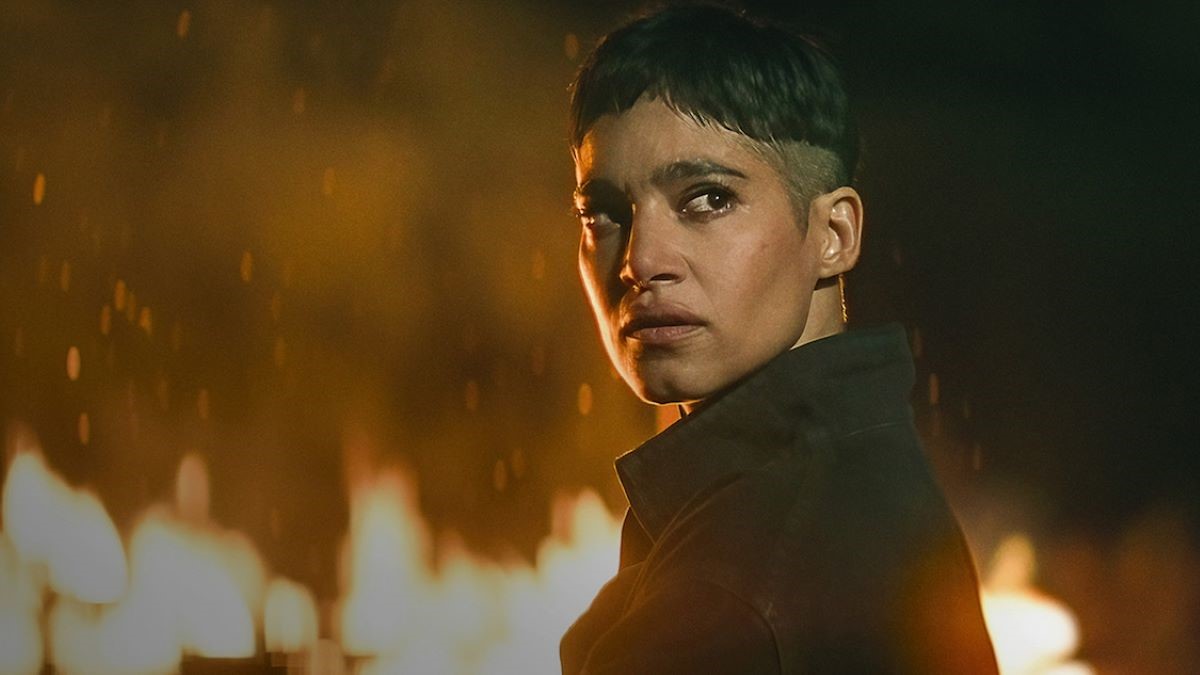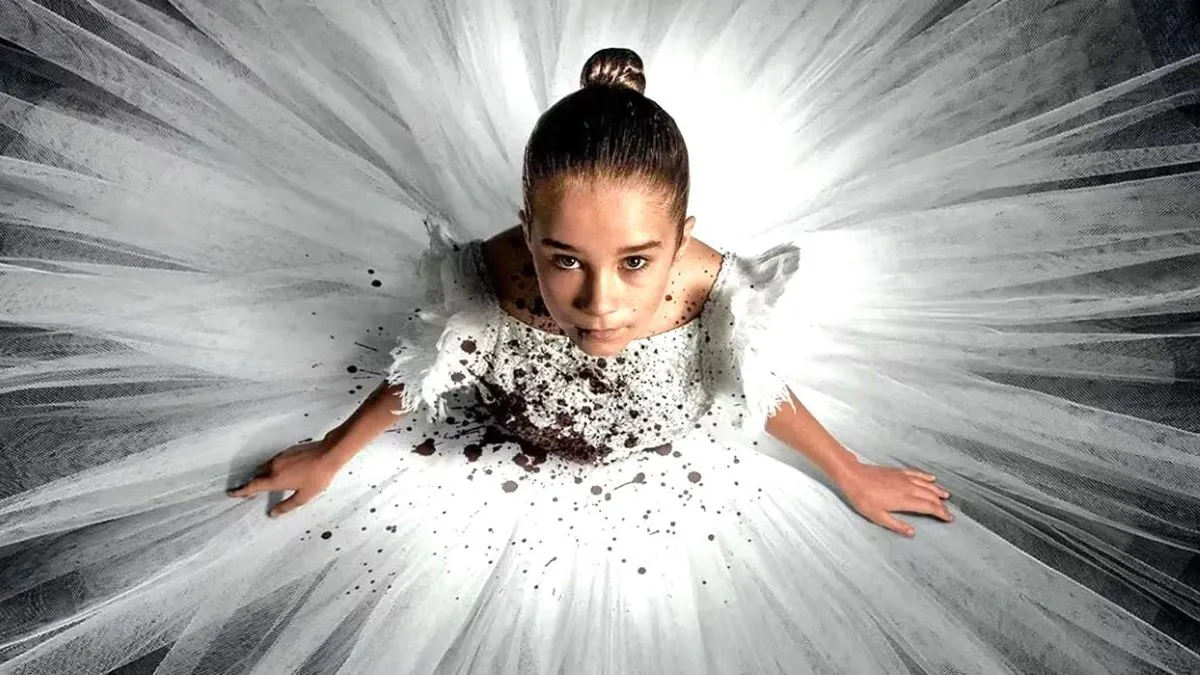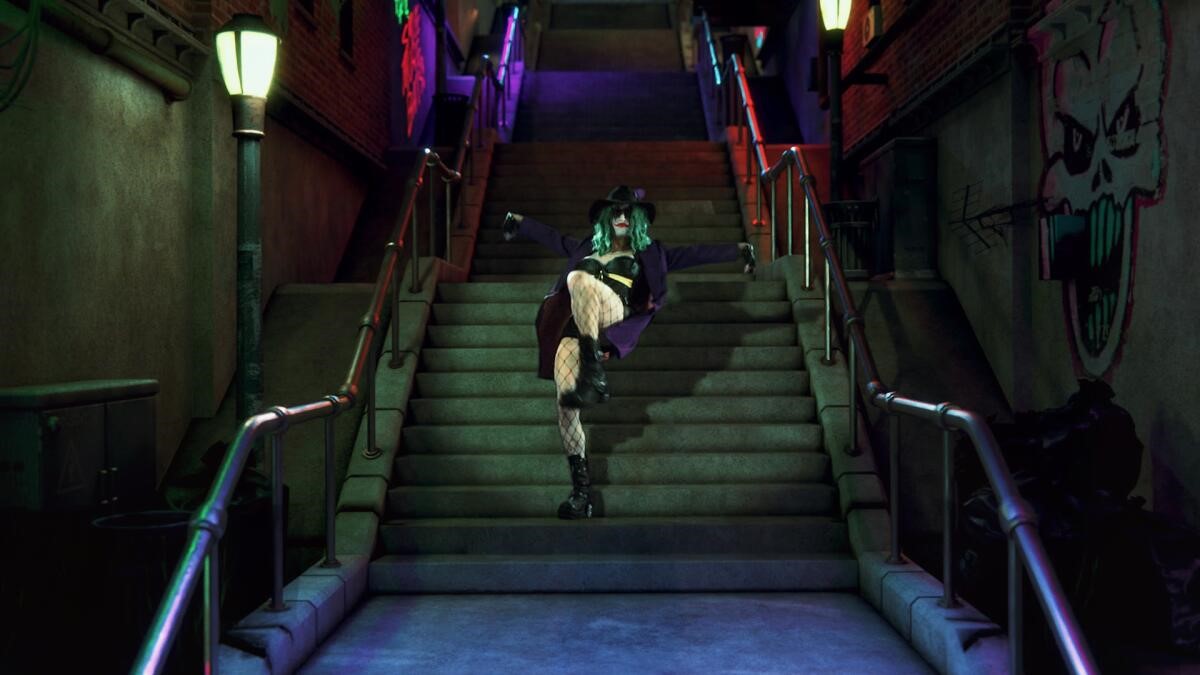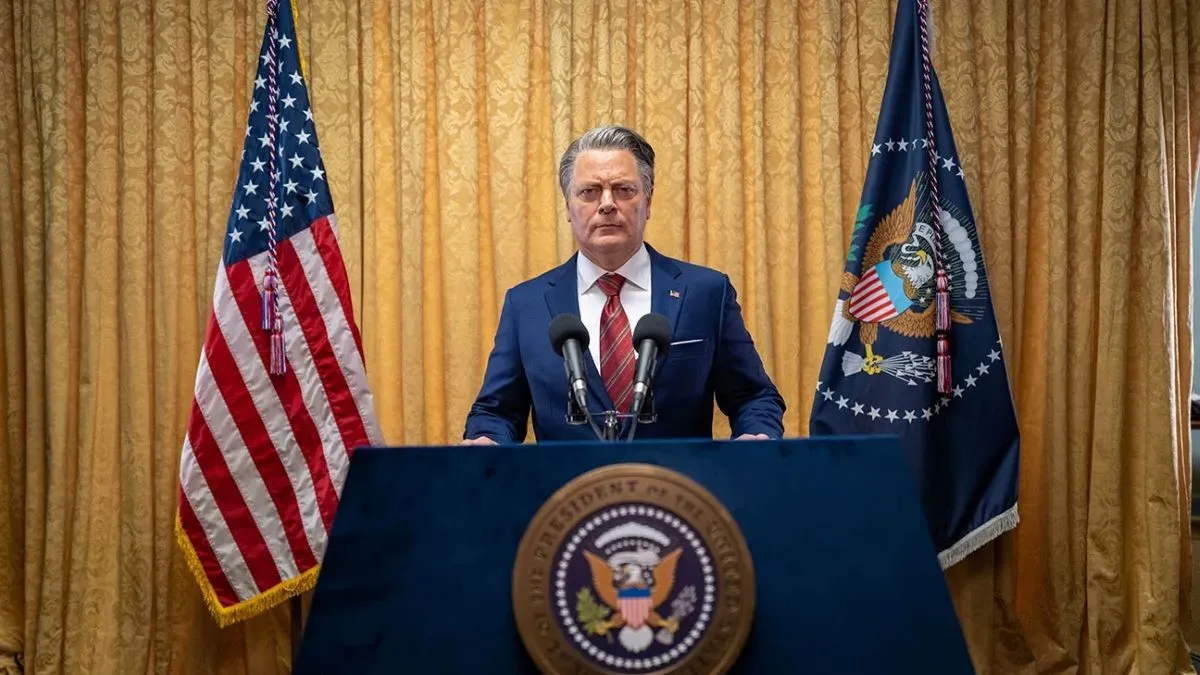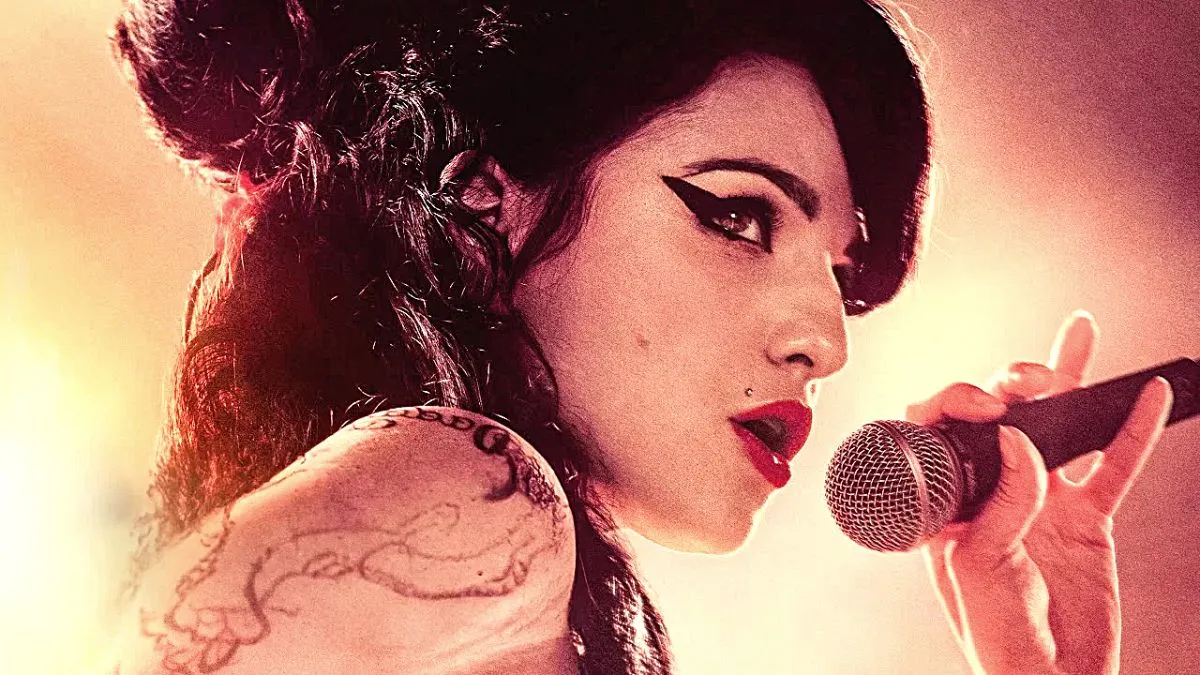
While haggis is the dish that most readily comes to mind when watching Outlander, Starz’s new series set and shot in the Scottish highlands, the show is more comparable to a genre turducken. At the center is Outlander’s 18th century backdrop, where lords and lasses, Red Coats and rapscallions vie for control of British crown-controlled Scotland. Enveloping that is main character Claire Randall, an English nurse from 1945 who takes a wrong turn at 4th dimensional Albuquerque, and winds up in the aforementioned Scotland of 1743. The final layer is that of Diana Gabaldon’s original novels on which the new series is based, a romantic tale of a woman torn between worlds and loves that’s gone on for eight successful entries.
To stretch the delicious metaphor a little further, it’s not surprising that through the first two episodes available for review, Outlander is a bit of an undercooked hodgepodge. There are many conflicting elements at play here beyond a simple Ach to the Future story implied by the premise, so it could be some time before the flavors of bodice-ripping romance, historical fantasy, and time travel sci-fi are all properly balanced. Having not read the books, I haven’t the faintest idea whether its fans will be satisfied with this adaptation, but fans of good television should know that there’s enough promise in the series to warrant sticking through the jam-packed and messy first two hours.
Let’s start with the most important thing that works here: Claire Randall. Outlander has itself a solid protagonist to build a series around, and Caitriona Balfe’s work as Claire is the most assured thing about the show thus far. Introduced as an unfulfilled wife typical of the romance genre, Outlander quickly subverts the trope with flashbacks to Claire’s time serving as a combat nurse during World War II. As far as introductions go, they don’t get much more indelible than seeing Claire belt back a Champaign bottle just minutes after the war’s end is declared, she, still covered head to heels in blood from a surgery.
After jumping forward to what constitutes the present at Outlander’s outset, Claire is reunited with her husband, Frank (Tobias Menzies), the two having been separated by the war for five years. They stage a second honeymoon in Scotland to retrace Frank’s genealogy, but the trip is really just an excuse for two strongly connected, but undeniably changed people to compare battle scars. To juke back into genre tropes, Outlander could have used Claire’s war experience as an excuse to make her an emotionally withholding tough gal, providing a cliché answer to a cliché problem of making a female protagonist in a period piece interesting. Outlander smartly recognizes that a more complex heroine makes for a more interesting one. Claire is funny, confident, vulnerable, warm, scared, badass, and many things in between over the course of the hour. She’s a character with a working, human internal logic, and she knows how to roll with the punches.
Claire and Frank make for a dynamic, sexually active duo, but a gulf has developed between them during the war. “Sex was our bridge back to one another,” Claire intones at one point through voiceover, in another instance of the show surpassing genre standards by recognizing the value of sex both physically and emotionally. Even before the time travel conceit shows up, Outlander’s pilot makes for an engaging character study, as well as a study in female-led genre fare. The show is adapted by Ronald D. Moore, whose deft update of Battlestar Galactica was often at its best when focusing on Kara Thrace, a gender-swapped character from the original series. While Battlestar took a mostly male perspective in its generally more progressive future, Outlander takes Claire’s perspective exclusively, offering glimpses of ‘40s gender politics, before then refracting them through the lens of the 1740s.


